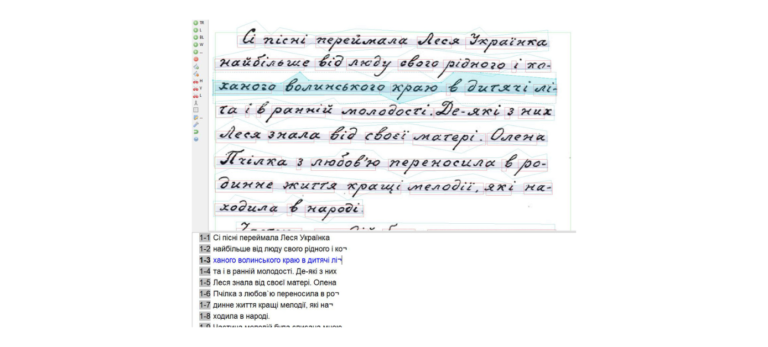
Das MultiHTR-Team setzt die Ergebnisse der ersten erfolgreichen Projektphase (01. Juni 2020 bis 31. Mai 2022) fort, um in der
Short description of the project
The Heinrich Heine Portal is based on the work of several generations of researchers by combining the two historical-critical complete editions of Heine, which were produced independently of each other in the Federal Republic of Germany and the German Democratic Republic, in one digital edition.
Project content
The 16 volumes of the "Düsseldorfer Heine-Ausgabe" published between 1973 and 1997 and the nine-volume letters section of the "Heine-Säkularausgabe" published between 1970 and 1984 were retro-digitised as part of this cooperation project between the Heinrich Heine Institute (Düsseldorf) and the Trier Center for Digital Humanities, further processed from a scholarly and edition-philological perspective, networked, linked with a large number of digital facsimiles of prints, historical source and image materials and, above all, manuscripts of the works and letters from and to Heine, and finally published online.
Dr. Thomas Burch (burch@uni-trier.de)
Find out more at
www.heine-portal.de
Add your DH research project to the project showcase by submitting a short project description via the web form. Enter project data, a brief description, a graphic or visualization as well as a detailed description of the project content with technical assignment, addressees, added value, project managers, funding information and duration.

Das MultiHTR-Team setzt die Ergebnisse der ersten erfolgreichen Projektphase (01. Juni 2020 bis 31. Mai 2022) fort, um in der
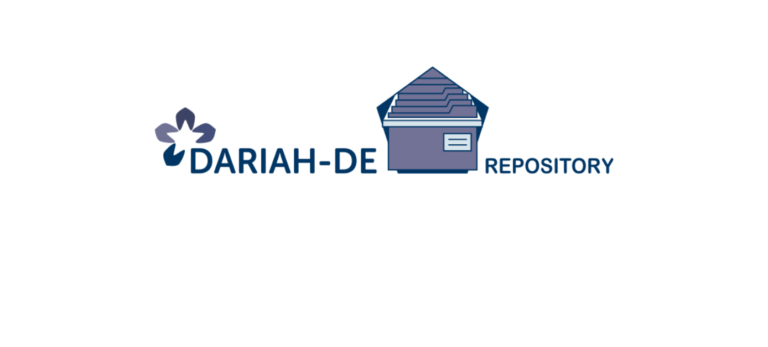
Das DARIAH-DE Repository ist eine zentrale Komponente der DARIAH-DE Forschungsdaten-Föderationsarchitektur, die verschiedene Dienste und Anwendungen aggregiert und so komfortabel nutzbar
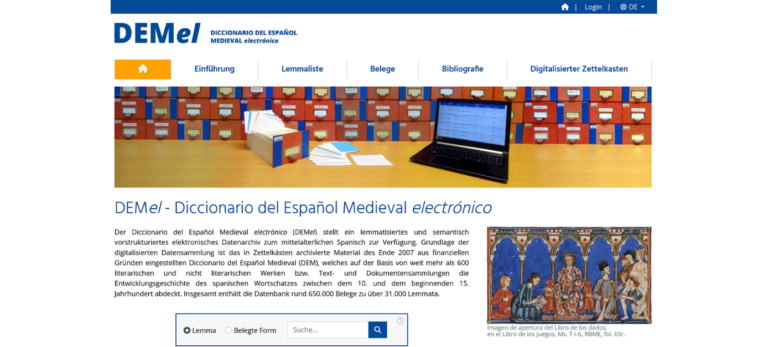
Das von der Deutschen Forschungsgemeinschaft geförderte Projekt Diccionario del Español Medieval electrónico (DEMel) hat zum Ziel, der Öffentlichkeit ein lemmatisiertes
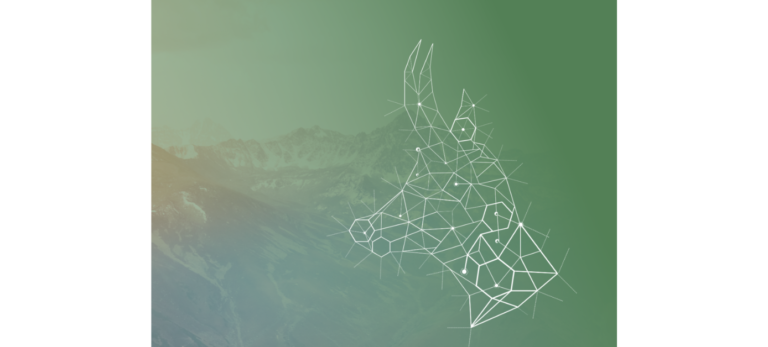
GAMS ist ein OAIS-konformes Repositorium zur Verwaltung, Publikation und Langzeitarchivierung digitaler Ressourcen aus allen geisteswissenschaftlichen Fächern.
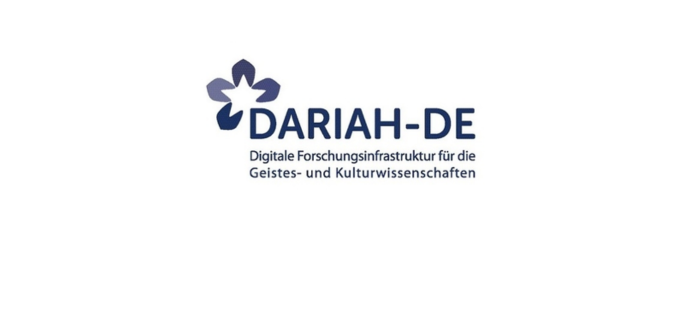
DARIAH-DE (gefördert 2011-2019) unterstützt die mit digitalen Ressourcen und Methoden arbeitenden Geistes- und Kulturwissenschaftler/innen in Forschung und Lehre. Dazu baut
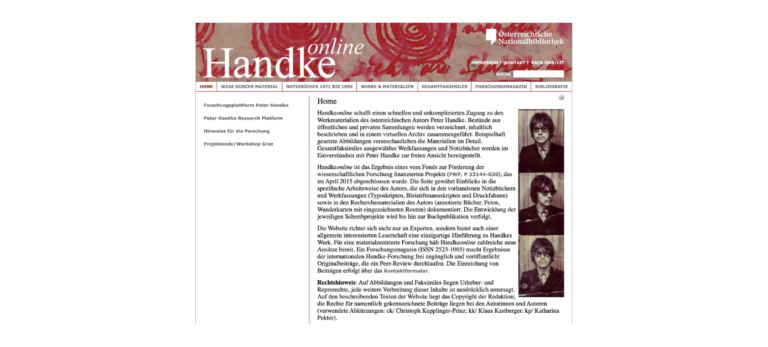
Die Website schafft einen schnellen und unkomplizierten Zugang zu den Werkmaterialien des österreichischen Literaturnobelpreisträgers Peter Handke.
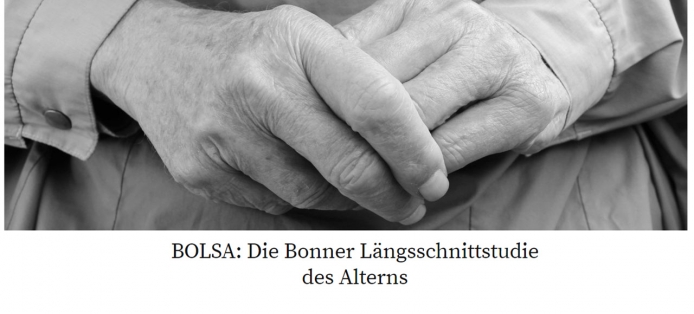
Nachhaltiges Forschungsdatenmanagement ist zentral für künftige Forschungen! Dies zeigt etwa die Geschichte der Bonner Längsschnittstudie des Alterns. Fast zwanzig Jahre
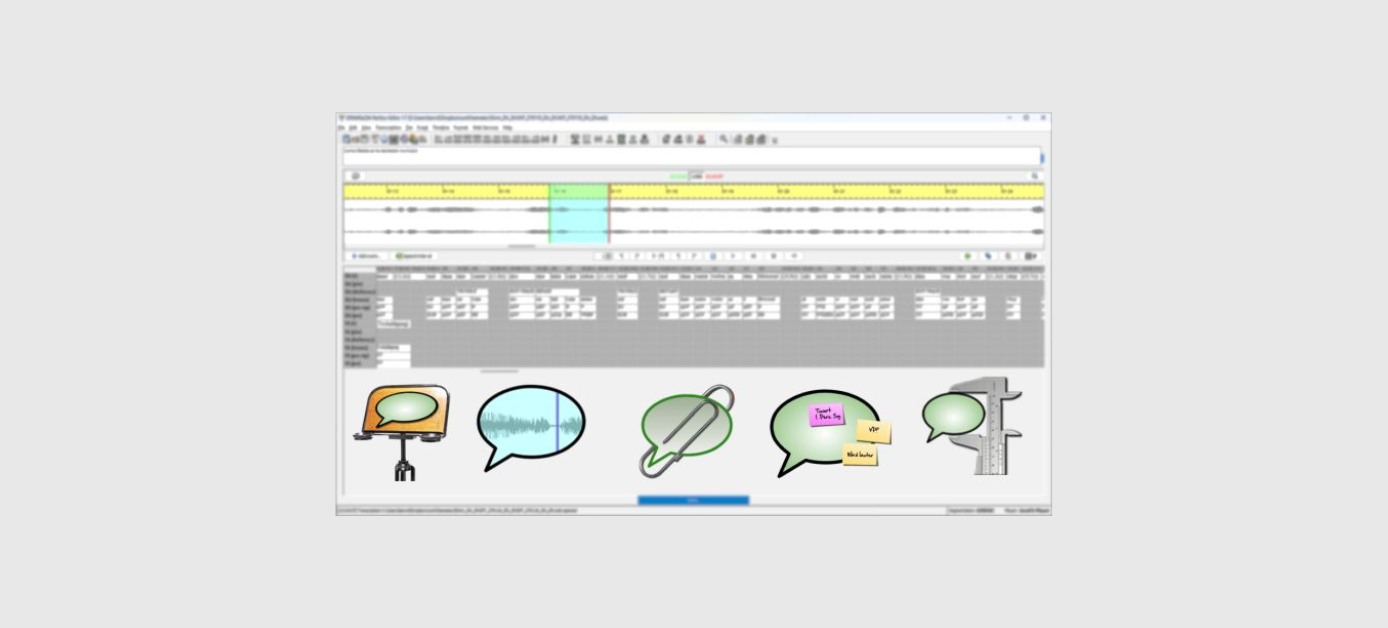
EXMARaLDA wurde ursprünglich (2000-2011) am SFB Mehrsprachigkeit der Universität Hamburg entwickelt. Die Entwicklung von FOLKER und OrthoNormal wurde über das
Wir verwenden Cookies und ähnliche Funktionen zur Verarbeitung von Daten. Die Zustimmung ist freiwillig und kann jederzeit widerrufen werden.